Finding tiny bugs or flies in your cat’s litter box can be unsettling, but it’s common in warm or humid environments. The key is understanding the cause and using natural, cat-safe methods to eliminate them.
This guide shows you how to get rid of litter box bugs safely and effectively.
Understand Why Bugs Appear in Cat Litter
Bugs are attracted to cat litter for the same reasons they are drawn to trash or compost—moisture, warmth, and organic waste. Once they find a steady food source, they multiply quickly.
Common Causes of Bug Infestation
- The litter box stays damp for long periods.
- Waste is not scooped frequently.
- You use biodegradable or plant-based litter that decomposes.
- The litter box is placed in a warm, dark, or poorly ventilated area.
In short, bugs appear because the litter box offers them the perfect mix of food and shelter. Keeping it clean and dry removes what they need to survive.
Distinguish Between Litter Bugs and Parasites
It’s important to tell the difference between harmless litter insects and parasites that can affect your cat’s health.
- Litter bugs: Small flies or white mites usually stay inside or around the litter box.
- Parasites: Fleas or tapeworm segments are found on your cat’s fur or around the tail area.
If you see bugs on your cat, contact a veterinarian immediately. If they’re limited to the litter area, you can safely handle the problem at home.
Step-by-Step Guide to Get Rid of Bugs in Cat Litter At Home
Once you confirm an infestation, act quickly. The longer you wait, the harder it becomes to break their breeding cycle. Follow these steps carefully.
Step 1 – Remove All Contaminated Cat Litter
Empty the entire litter box, not just the top layer. Seal the used litter in a plastic trash bag and dispose of it outside your home. Do not shake the box or dump the litter into indoor bins, since that can scatter eggs or larvae.
Step 2 - Wash the Litter Box with Warm Soapy Water
Mix warm water with a mild detergent and scrub every corner of the box. Focus on edges and seams where eggs may stick. Avoid using harsh chemicals or bleach that can irritate your cat’s skin.
Step 3 - Dry the Litter Box Completely Before Refilling
Bugs thrive in moisture. After washing, dry the box thoroughly with a towel or place it in direct sunlight. Even a small amount of leftover water can invite bugs back.
Step 4 - Sprinkle a Little Food-Grade Diatomaceous Earth (Optional)
Before adding new litter, you can dust the bottom with a small amount of food-grade diatomaceous earth. This natural powder kills insects by dehydrating them. It’s non-toxic to cats but lethal to mites and crawling bugs.
Step 5 - Set Simple Traps Around the Area
To catch remaining flies or gnats, set a few natural traps:
- A bowl filled with apple cider vinegar and a drop of dish soap.
- Sticky fly strips hung near the litter box.
- Small cups of sugar water are placed away from where your cat walks.
These traps help reduce adult insect populations while you keep cleaning.
Step 6 - Refresh the Litter More Often
Consistency is key. Scoop waste daily and replace all litter at least twice a week. Regular maintenance prevents odor, keeps the box dry, and stops future infestations before they start.
How to Prevent Bugs from Coming Back to Your Cat’s Litter Box
Cleaning once isn’t enough if the environment remains inviting to insects. These preventive tips help you maintain a bug-free litter area long-term.
Tip 1 - Choosing the Right Cat Litter
Moisture-resistant litters discourage bugs from breeding. The best options include:
- Silica gel litter, which absorbs liquid quickly and dries out completely.
- Clumping clay litter, which locks away moisture and odors.
Avoid corn, wheat, or paper-based litter in humid regions—they decompose easily and attract flies or mites.
Tip 2 - Keep the Litter Box Dry and Well-Ventilated
Place the litter box in a cool, open space with good airflow. Avoid bathrooms, basements, or laundry rooms where humidity is high. If necessary, use a small fan or dehumidifier nearby to reduce moisture buildup.
Tip 3 - Clean Surrounding Areas Regularly
Even if the litter box itself is spotless, crumbs, spilled litter, or pet hair nearby can attract insects. Vacuum or mop around the litter area every few days. Wipe nearby surfaces with a mix of vinegar and water to neutralize odors that lure bugs back.
Best Litter Box Setup for a Clean, Bug-Free Home
Prevention becomes effortless when your litter system is designed for cleanliness. Investing in modern solutions can dramatically cut down on insect problems.
A self-cleaning litter box automatically removes waste after each use, leaving no chance for moisture or odor buildup. It reduces your cleaning time, keeps the area dry, and makes your home less attractive to bugs. While more expensive, it’s one of the most effective long-term fixes for busy pet owners.

- No more scooping, hands-free.
- Safe and easy with Open-top design.
- Great for cats up to 33 lbs.
Final Thoughts
A dirty litter box filled with waste and moisture quickly becomes a breeding ground for bugs. Flies, mites, and other insects thrive in damp, unclean conditions, making regular maintenance essential.
For cat owners who want a cleaner and more consistent solution, upgrading to a self-cleaning litter box is a practical choice. It automatically removes waste, controls odor, and keeps the litter fresh, reducing the humidity and residue that attract bugs.
FAQs About Litter Box Bugs
Q1: Are bugs in cat litter harmful to cats?
A1: Not necessarily. Most litter bugs are harmless environmental pests. However, heavy infestations can irritate your cat’s skin or trigger allergies. If you notice itching, hair loss, or behavioral changes, consult your vet to rule out parasites.
Q2: What is the best type of cat litter to avoid bugs?
A2: Moisture-resistant options like silica gel and clumping clay help prevent breeding conditions. Avoid easily decomposing plant-based litter in humid areas.
Q3: How often should I deep clean the litter box?
A3: Deep-clean the entire box every one to two weeks. During summer or in humid regions, increase the frequency to once a week. Always replace all litter after deep cleaning.
Q4: Can bugs in cat litter spread around my house?
A4: Yes. Flies, mites, and gnats can move to garbage bins, plants, or even carpets. Regular cleaning and removing waste promptly will stop them from spreading beyond the litter area.
Q5: Are self-cleaning litter boxes better for preventing bugs?
A5: Yes. Because they remove waste immediately, they eliminate the conditions bugs need to survive—moisture, heat, and organic material.


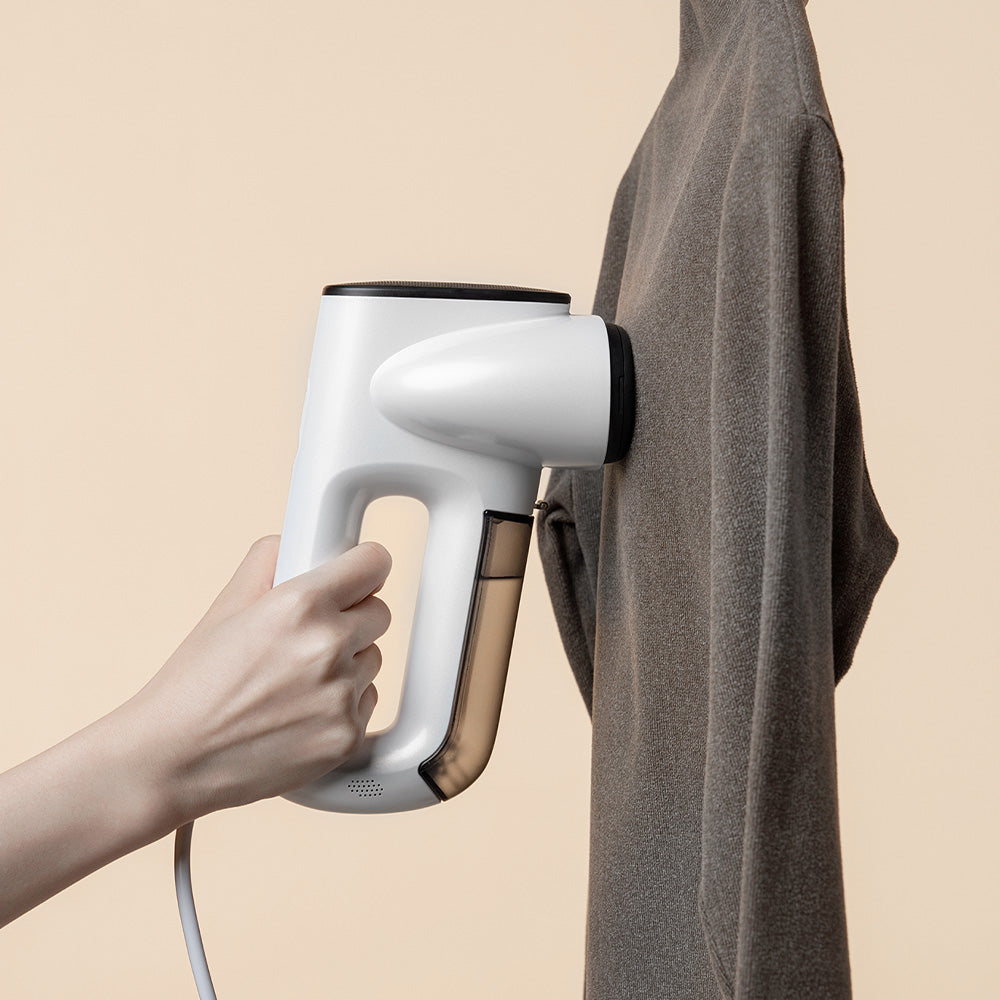
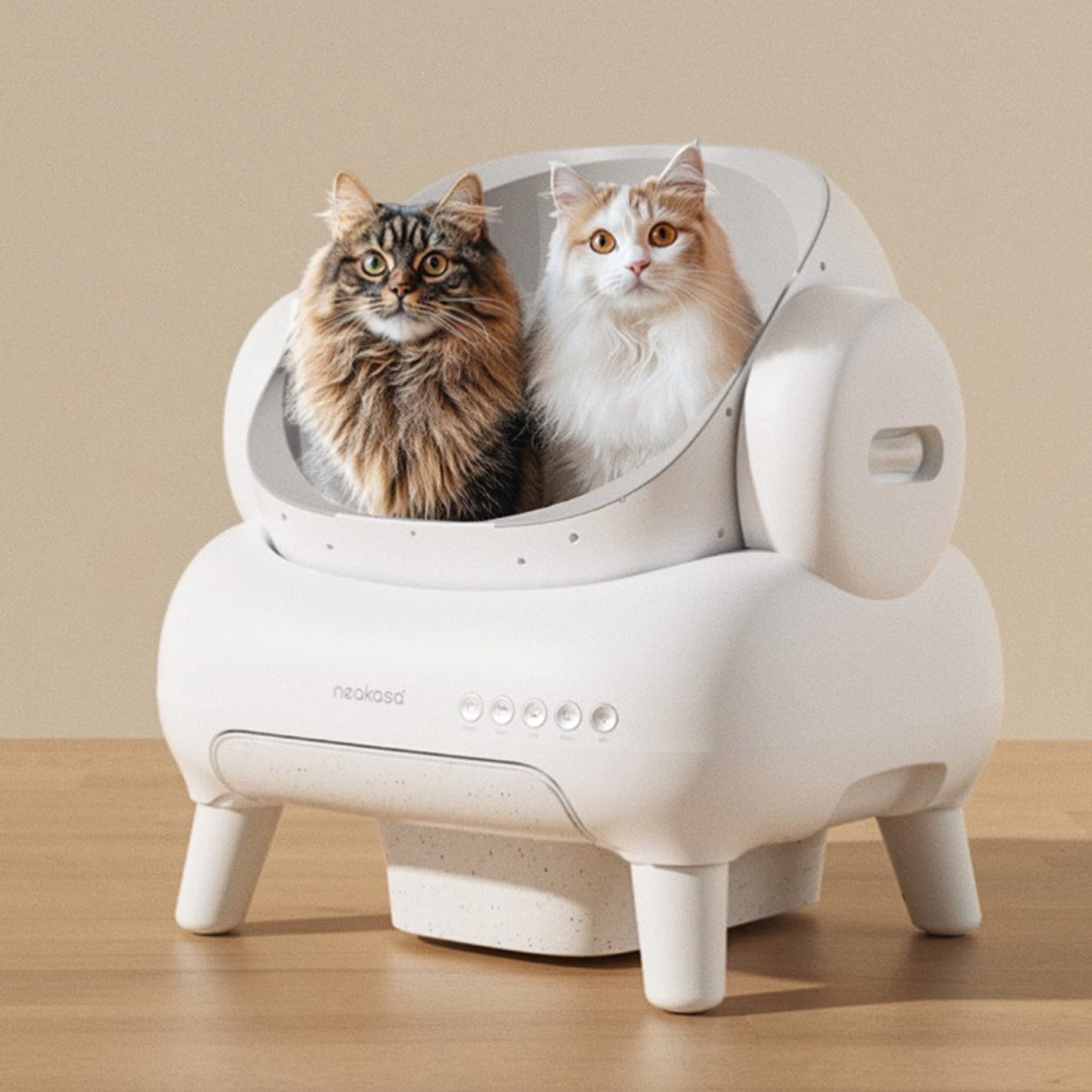
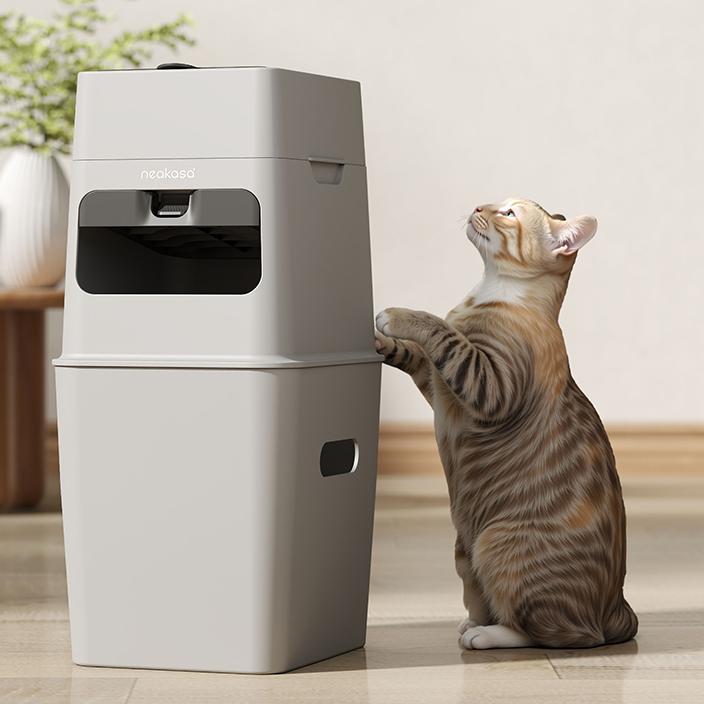
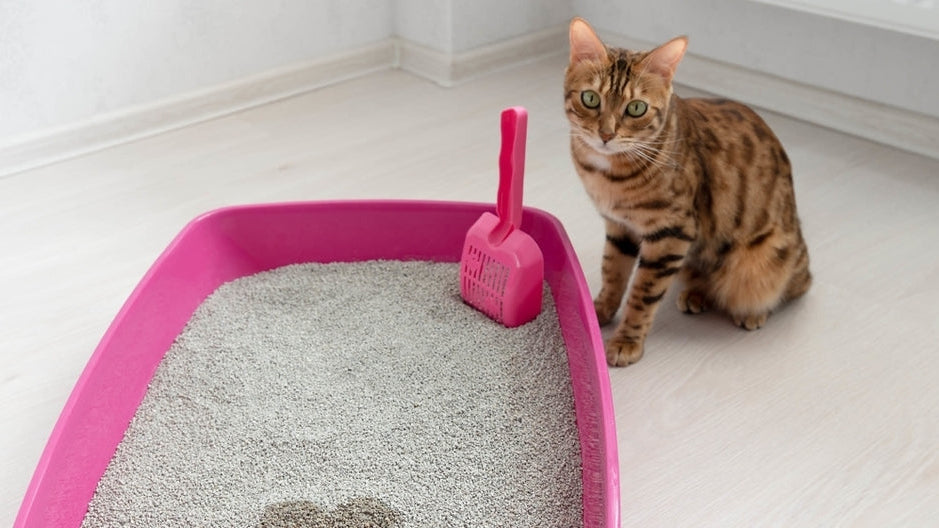

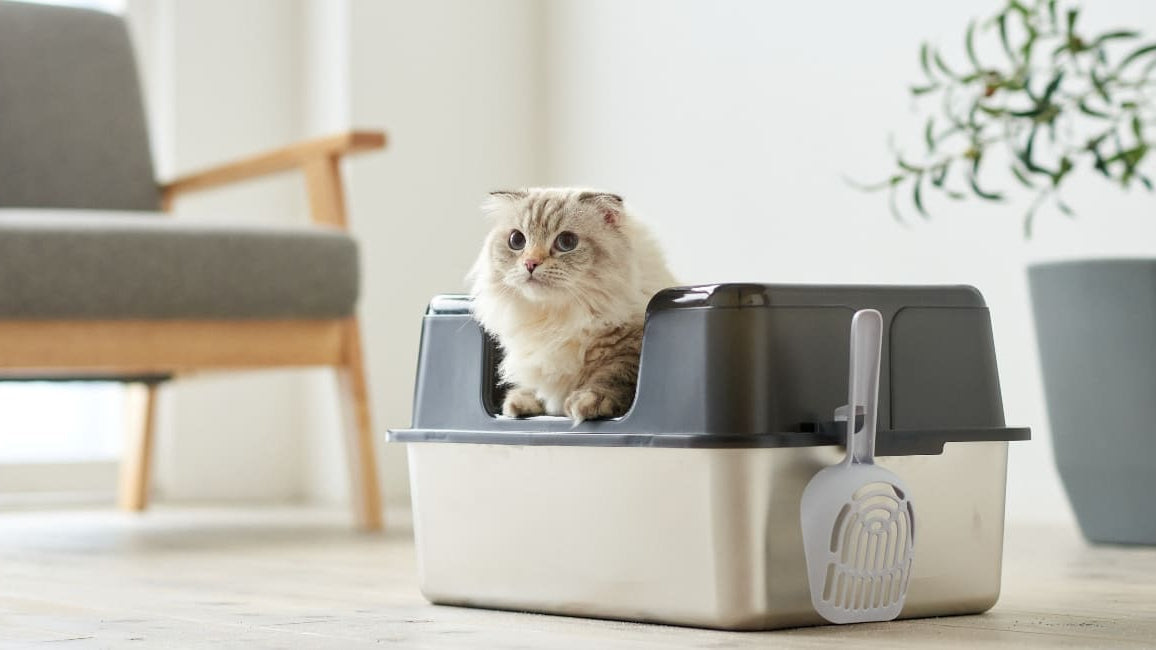
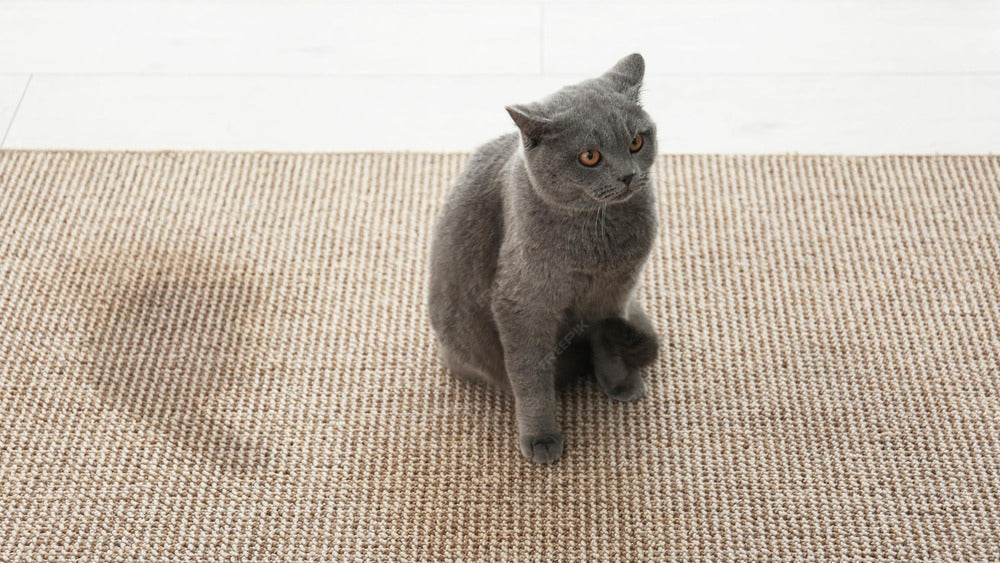
Leave a comment
This site is protected by hCaptcha and the hCaptcha Privacy Policy and Terms of Service apply.